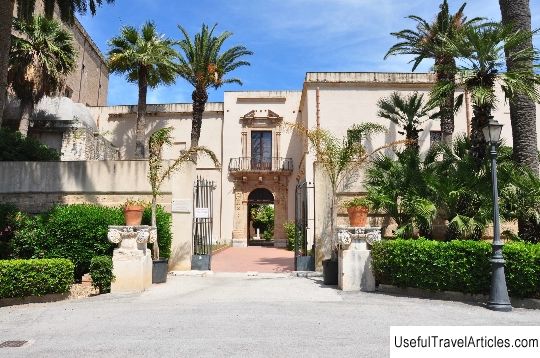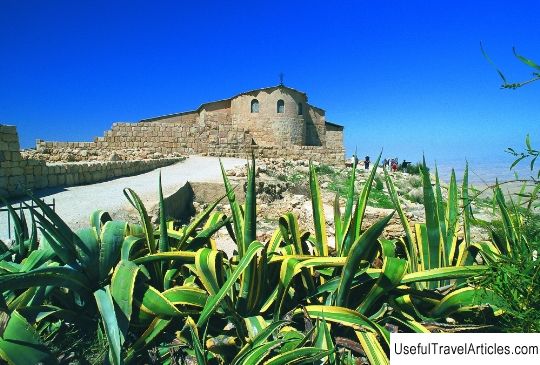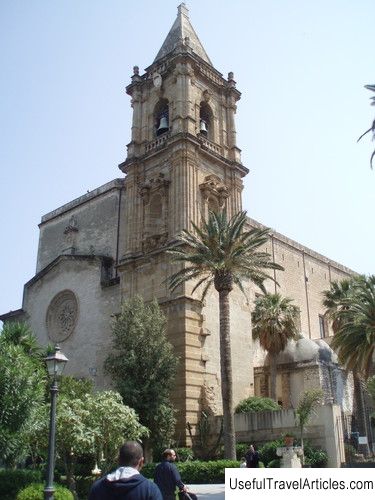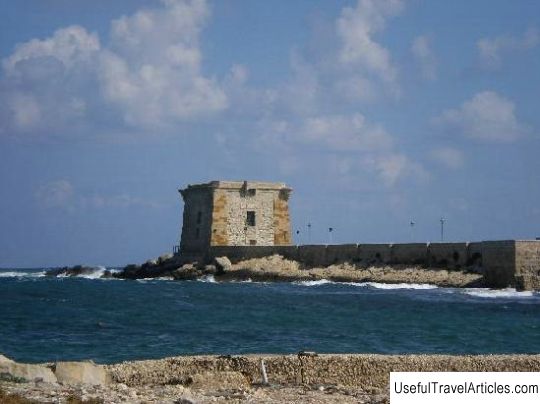Museo regionale Agostino Pepoli description and photos - Italy: Trapani (Sicily)
Rating: 7,8/10 (2132 votes) 
Museo regionale Agostino Pepoli description and photos - Italy: Trapani (Sicily). Detailed information about the attraction. Description, photographs and a map showing the nearest significant objects. The title in English is Museo regionale Agostino Pepoli. Photo & DescriptionThe Agostino Pepoli Museum is located in Trapani in a former 14th century Carmelite monastery just a few steps from the famous Basilica Maria Santissima Annunziata, which houses a marble statue of the Madonna di Trapani. Today, the monastery, which was significantly rebuilt in the 16th and 18th centuries, houses an extensive collection of works of art, paintings and sculptures, clearly demonstrating the evolution of the visual arts in and around Trapani. Particular attention is paid to the applied arts, for the creation of which corals, majolica, gold and silver were widely used. The first exhibits were donated to the museum in the early 20th century by its founder and curator, Count Agostino Pepoli. Later, the secularized monasteries of Trapani and the Fardelliana Art Gallery donated their collections to the museum. An invaluable collection of works of art from the Neapolitan school was donated by General Fardella, a native of Trapani. Over time, the museum's depositories were replenished at the expense of inherited items, favors made and donated things. Among those who have contributed to this noble cause are Count Hernandez dai Rice and the Sieri Pepoli Nursing Home. Of particular interest to tourists are the collections of coral jewelry collected in the museum. The fact is that in the history of Trapani, the creation of various objects from coral has always played an important role. Sometimes coral gatherers even went to the shores of the African continent in search of valuable material. From the 15th century to the present day, the craftsmen from Trapani are famous throughout Europe for their skills in processing corals and creating from them both religious objects and everyday things - from crucifixes, tombs and Christmas nativity scenes to cups, icon lamps, picture frames and decorations. They often decorated their creations with gold, silver, copper, enamel, mother of pearl and lapis lazuli. At the same time, most of the authors of unique products remain unknown, with the exception of Andrea Tipa, who lived at the beginning of the 18th century. Today, in addition to jewelry made of coral, in the Museum of Agostino Pepoli you can see a huge number of real masterpieces of religious art, such as the crucifixion of Matteo Bavera, carved from a single coral, or a huge lamp made in the unique technique of "retroincastro" abandoned in the 17th century due to its high cost and exorbitant waste of time. And in the museum's Pinakothek, you can see paintings by Titian and Giacomo Balla.       We also recommend reading Redpath Museum description and photos - Canada: Montreal Topic: Museo regionale Agostino Pepoli description and photos - Italy: Trapani (Sicily). |




